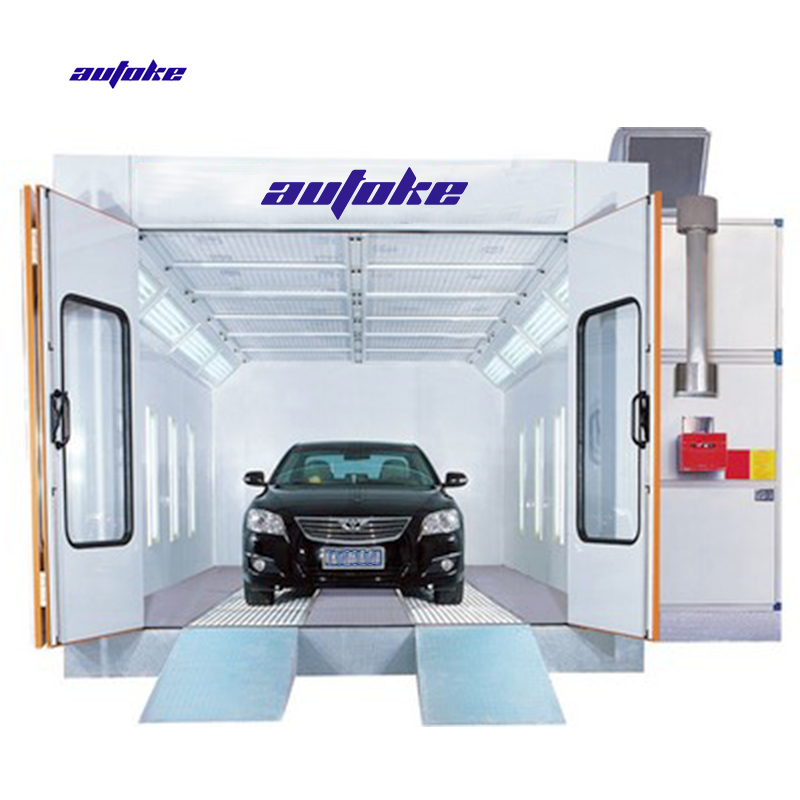In an increasingly interconnected world, the need for efficient and economical long-distance transportation has never been more critical. Whether for personal travel, logistics, or freight movement, understanding the various modes of transportation and their associated costs can significantly impact decision-making. This article delves into the nuances of long-distance transportation, ultimately answering the question: What is the lowest cost form of long-distance transportation?
Understanding Long-Distance Transportation
Long-distance transportation encompasses various methods used to move people or goods over significant distances, typically exceeding 100 miles. The primary modes include road, rail, air, and maritime transport. Each mode has its unique advantages and disadvantages, particularly concerning cost, speed, and environmental impact.
Cost Analysis of Transportation Modes
- Road Transportation
Road transportation is often considered the most flexible option, allowing for door-to-door service. However, when analyzing costs, several factors come into play:
- Fuel Prices: Fluctuating fuel prices can significantly affect overall costs.
- Vehicle Maintenance: Long-distance travel can lead to increased wear and tear, necessitating regular maintenance.
- Tolls and Fees: Many highways impose tolls, which can add to the overall expense.
Despite these factors, road transport can be cost-effective for shorter distances or when transporting smaller loads.
- Rail Transportation
Rail transport is often touted as one of the most economical options for moving large quantities of goods over long distances. Key considerations include:
- Economies of Scale: Trains can carry a substantial amount of cargo, reducing the cost per ton-mile.
- Fuel Efficiency: Trains are generally more fuel-efficient than trucks, leading to lower operational costs.
- Infrastructure Costs: While rail infrastructure can be expensive to maintain, the long-term savings on fuel and labor can offset these costs.
For bulk goods, rail transportation often emerges as the lowest cost option, particularly in regions with well-developed rail networks.
- Air Transportation
Air transport is the fastest mode of long-distance transportation but comes at a premium price. Factors influencing costs include:
- Fuel Costs: Airplanes consume significant amounts of fuel, which can lead to high operational costs.
- Airport Fees: Landing and handling fees at airports can add to the overall expense.
- Cargo Capacity: While air transport is ideal for perishable goods or urgent deliveries, the cost per pound is considerably higher than other modes.
For most scenarios, air transport is not the lowest cost option, but it serves a critical role in specific contexts where speed is paramount.
- Maritime Transportation
Maritime transport is often the most economical choice for international shipping, particularly for bulk goods. Key points include:
- Cost Per Ton-Mile: Shipping by sea is typically cheaper than by air or road, especially for large volumes.
- Fuel Efficiency: Ships can carry vast amounts of cargo, making them more fuel-efficient over long distances.
- Port Fees: While port fees can be substantial, they are often outweighed by the lower shipping costs.
For businesses involved in international trade, maritime transport frequently represents the lowest cost option for long-distance transportation.
Conclusion: The Lowest Cost Option
After a thorough analysis of the various modes of long-distance transportation, it becomes evident that the lowest cost option largely depends on the specific circumstances, including the type of goods being transported, the distance, and the urgency of delivery.
